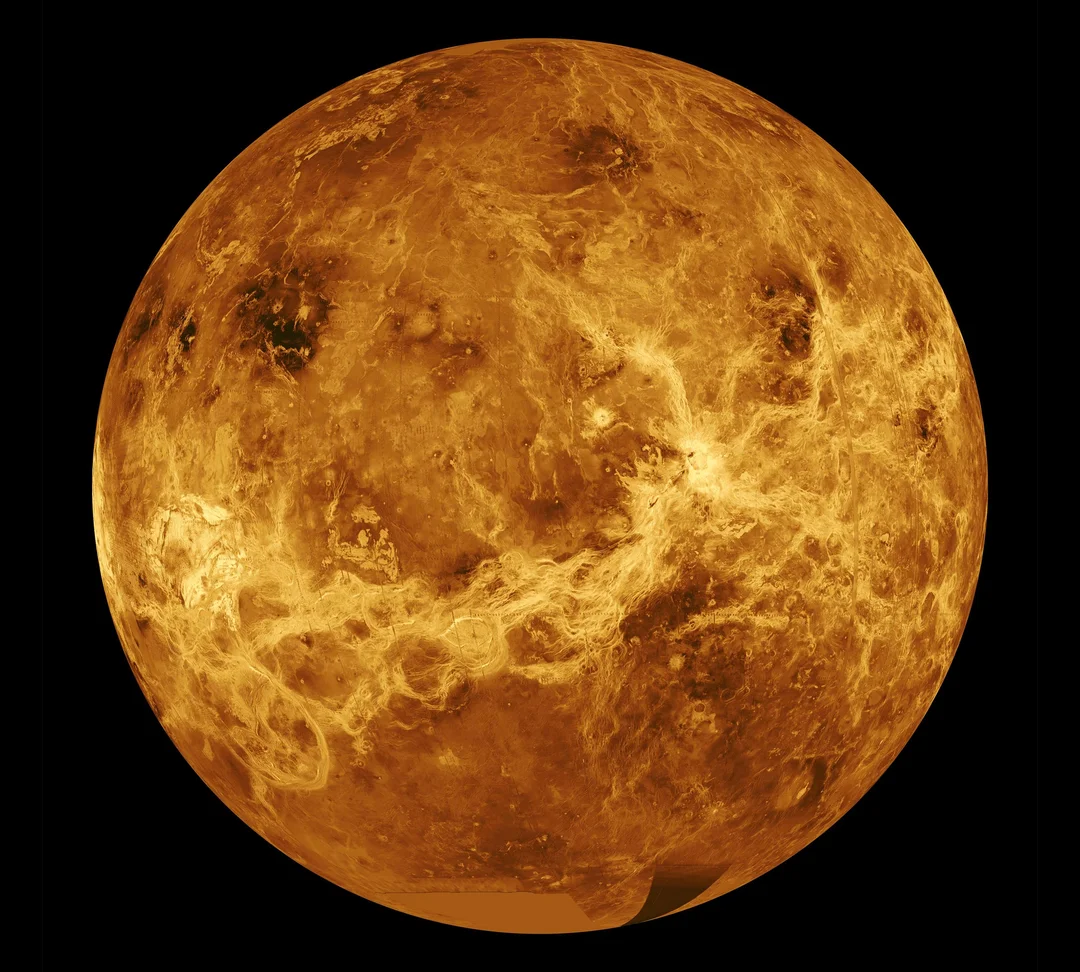
Venus’s Active Tectonics: New Evidence from Old Magellan Data Suggests Earth-Like Processes
Is Venus, often dubbed Earth's sister planet, still geologically active? While it lacks Earth's shifting tectonic plates, new research suggests active tectonics are reshaping its surface. Scientists are re-examining data from NASA’s Magellan mission, which orbited Venus in the 1990s, to uncover clues about the planet's dynamic, volcanic activity.
The focus is on coronae, vast circular features unique to Venus, believed to be caused by plumes of hot magma rising from the mantle. This study, published in Science Advances on May 14, 2025, presents evidence that these coronae are not static relics but are sites of ongoing tectonic processes.
Magellan's detailed gravity and topography data, though decades old, remain invaluable. Lead author Gael Cascioli, a researcher at the University of Maryland and NASA’s Goddard Space Flight Center, notes that coronae might have existed on early Earth before plate tectonics took hold: "By combining gravity and topography data, this research has provided a new and important insight into the possible subsurface processes currently shaping the surface of Venus."
Researchers at the University of Bern, including Anna Gülcher, emphasize that multiple theories exist regarding coronae formation. These models were compared with the gravity and topography data from Magellan. The analysis focuses on 75 coronae, revealing that 52 possess buoyant mantle beneath them, potentially indicating ongoing tectonic activity.
One prominent process is subduction. Though Venus doesn’t have plate edges diving beneath each other, a similar phenomenon may occur around coronae. When a magma plume pushes upwards, surface material rises and spreads, colliding with surrounding material and pushing it downwards. Other processes, like lithospheric dripping (where cooler material sinks into the mantle) and volcanism driven by magma plumes through thicker lithosphere, may also be at play.
Another recent discovery, using modeling, indicates that the crust of Venus is thinner than expected, averaging about 25 miles (40 kilometers) thick. Parts of the crust might be breaking off or melting into the mantle in a process known as metamorphism, potentially triggering volcanic eruptions. This "metamorphism" suggests a more dynamic picture of Venus's subsurface than previously thought, influencing how water and elements cycle within the planet.
The findings suggest Venus's geology may be more Earth-like than previously understood. NASA's upcoming VERITAS mission, launching no earlier than 2031, promises higher-resolution gravity maps that could revolutionize our understanding of Venus. ESA's Envision mission, also in the works, will similarly study Venus's gravitational field. As planetary scientist Suzanne Smrekar at JPL puts it, “The VERITAS gravity maps of Venus will boost the resolution by at least a factor of two to four… a level of detail that could revolutionize our understanding of Venus’ geology and implications for early Earth.”
Data from the Magellan mission is also helping researchers spot erupting volcanoes. By pinpointing areas of activity on the surface, these missions aim to clarify how active volcanic processes shape the planet's evolution. This information will offer more insight into understanding Earth's own geological history.
These combined discoveries suggest that Venus, though different from Earth, shares more geological dynamics than previously imagined, challenging prior understanding of planetary evolution. What other secrets does Venus hold, and how will these new missions reshape our understanding of rocky planets in general?
Share your thoughts and theories in the comments below!